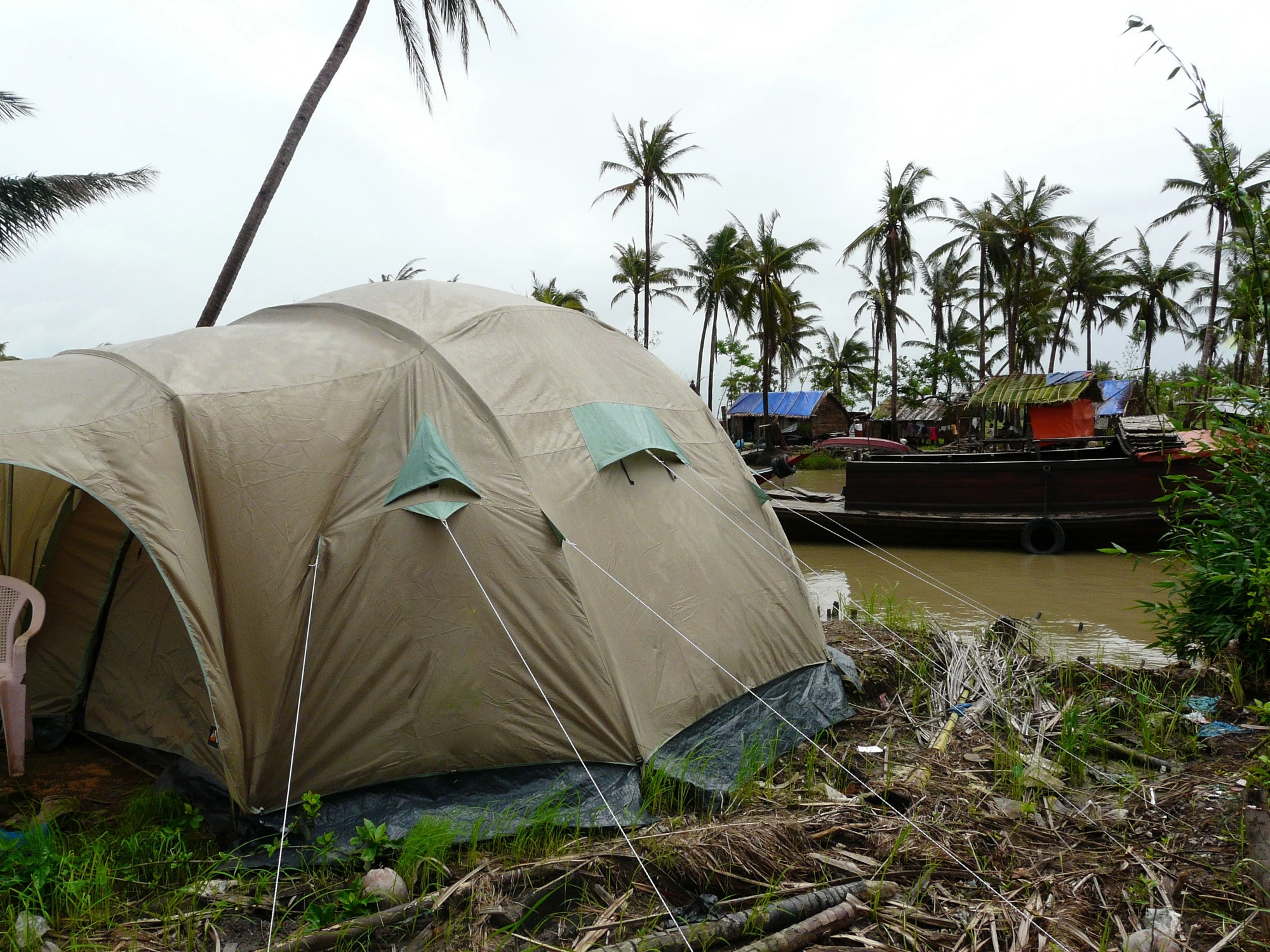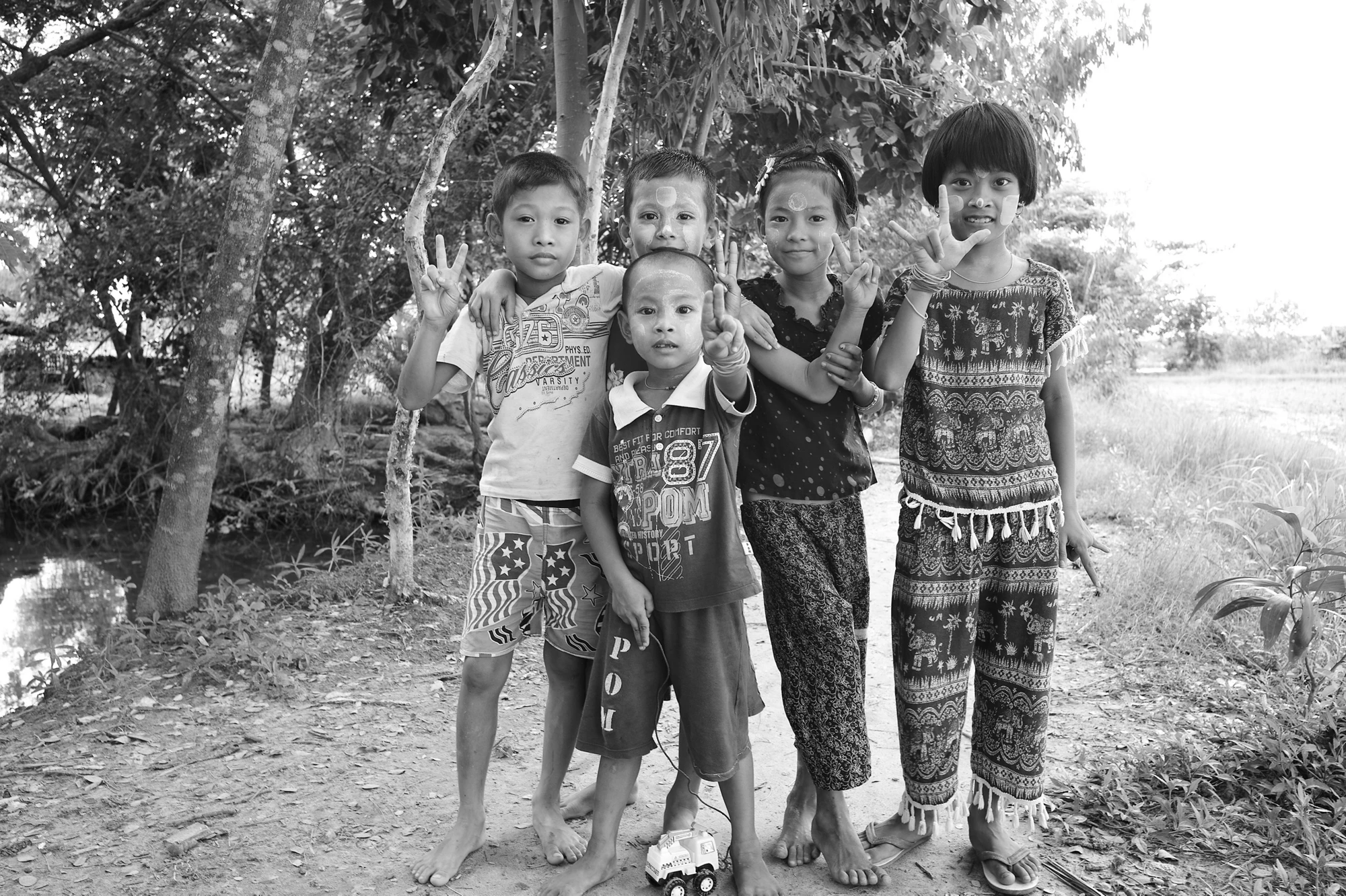
Within a few weeks of the disaster, the tents, half a dozen of them, were lined up along a creek where houses with bamboo walls and nipa roofs had once stood. They were brand new… and empty. They had been provided to survivors of Nargis, the cyclone that killed an estimated 140,000 people in the Ayeyarwady Delta of Myanmar in one night in 2008.
However, despite these provisions, the cyclone survivors preferred to stay in makeshift huts they had built on the other side of the village path with any materials they could find. The tents were too flimsy, they said, and could fly away if another storm kicked up.
Sometime thereafter, they packed the tents neatly and stored them with other items they had also received and never used: sleeping bags much too warm for the monsoon climate, and gasoline stoves where no gasoline was sold.
Stories about well-intentioned yet unsuitable post-disaster aid were not new on May 2, 2008, the night Nargis struck. So why is it that aid providers kept, and keep, making the same mistakes?
The immediate relief effort after Cyclone Nargis, complicated as it was in a country under international sanctions then, provided much needed and highly valued assistance to a traumatized population. And yet, there were signs from the outset that aid could be more effective – if it only involved communities in the process.
Understanding how aid could be improved, and how everyday life in Delta villages adapted to a new reality, was the objective of a then-novel approach – the post-disaster social impacts monitoring (SIM). Over the past 10 years in five rounds, and with generous funding from the Global Facility for Disaster Reduction and Recovery (GFDRR), the World Bank and the Enlightened Myanmar Research Foundation followed a panel of 40 villages in the most affected Delta townships to understand their path to recovery.
The SIM series explained in unprecedented depth and detail what is often observed, but rarely fully understood or acted upon – how:
- different social and socio-economic groups and different localities recover at different paces;
- aid can damage social relations through group-based targeting, lack of transparency, or parallel implementation, not only while it is being provided, but also in the long run;
- aid that focuses on whom providers consider “vulnerable” can ignore the needs of groups that are essential for sustainable recovery;
- recovery is never a linear process, and depends on other factors that either help or hinder it;
- the needs of affected households and communities change from relief to recovery to development; and
- aid must adapt continuously to remain meaningful.

At the global level, GFDRR has an important role to play to ensure that social impacts analysis ( methodology and tools) is systematically included in post-disaster assessments, recovery planning, and monitoring and evaluation systems.
In the case of Myanmar, one of the most natural disaster-prone countries in the world, SIM findings are providing the impetus for including community-driven disaster risk management (CBDRM) elements in the World Bank-financed National Community Driven Development Project, a major step forward in strengthening community resilience and preparedness.
SIM had one additional purpose – building research capacity in a country closed off from the outside world for decades. Myanmar Egress, a prominent think tank, created its research arm in 2008 to implement SIM 1. Since then, the Enlighted Myanmar Research Foundation (EMReF), as it is now known, an independent institution, has implemented the other four rounds of SIM, the six rounds of Qualitative Social and Economic Monitoring, and other work commissioned by the World Bank and development partners. Today, EMReF is perhaps the premier qualitative social research group in Myanmar.
As for the tents, some were eventually used years later, providing protection to farmers and laborers out in the rice paddies from the blistering sun.
Download the Social Impact Monitoring (SIM 5) report here .
Related:
- Topic brief: Community-Driven Development
- Topic brief: Disaster Risk Management
- Topic brief: Social Development
- Subscribe to our Sustainable Communities newsletter and Flipboard magazine


Join the Conversation